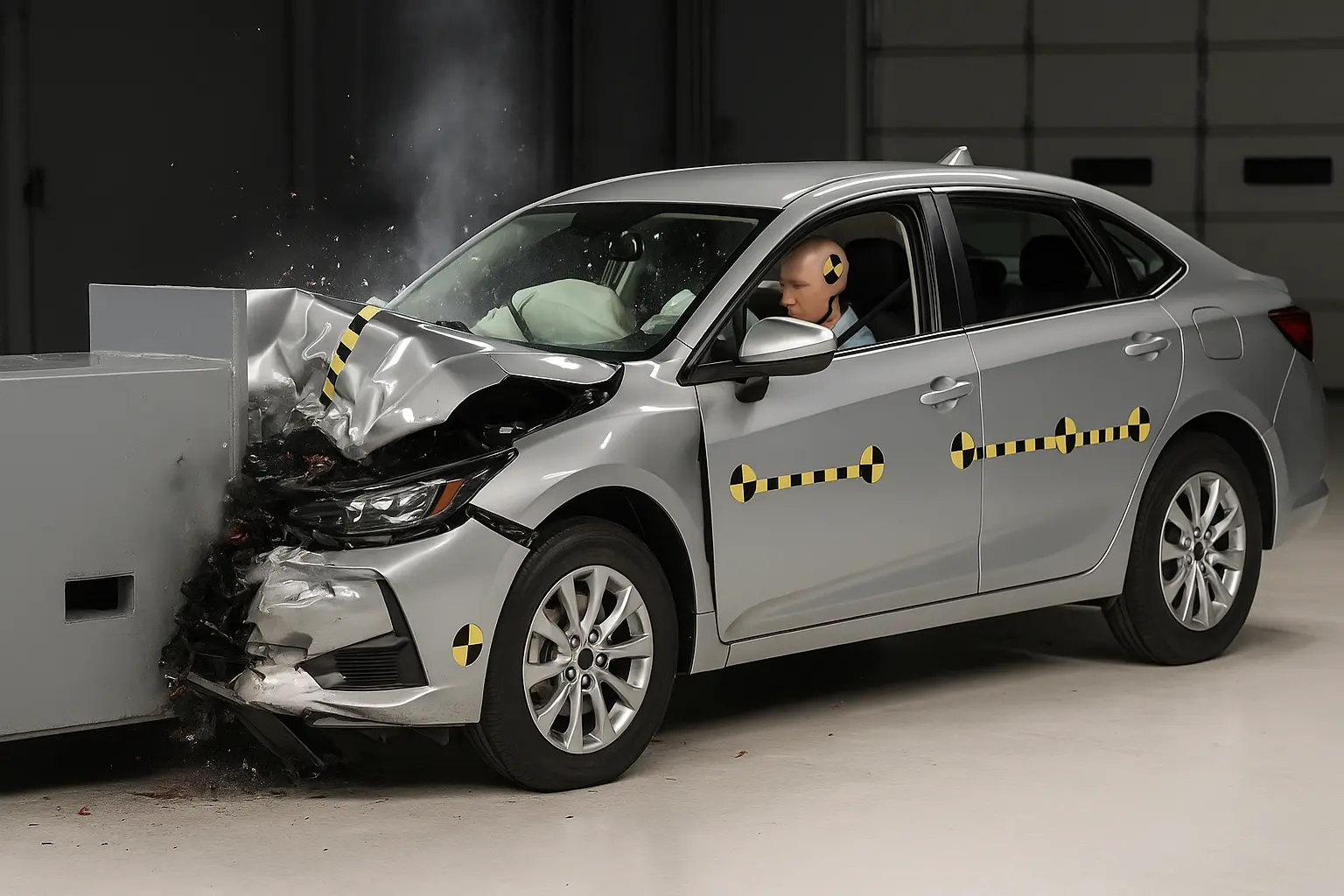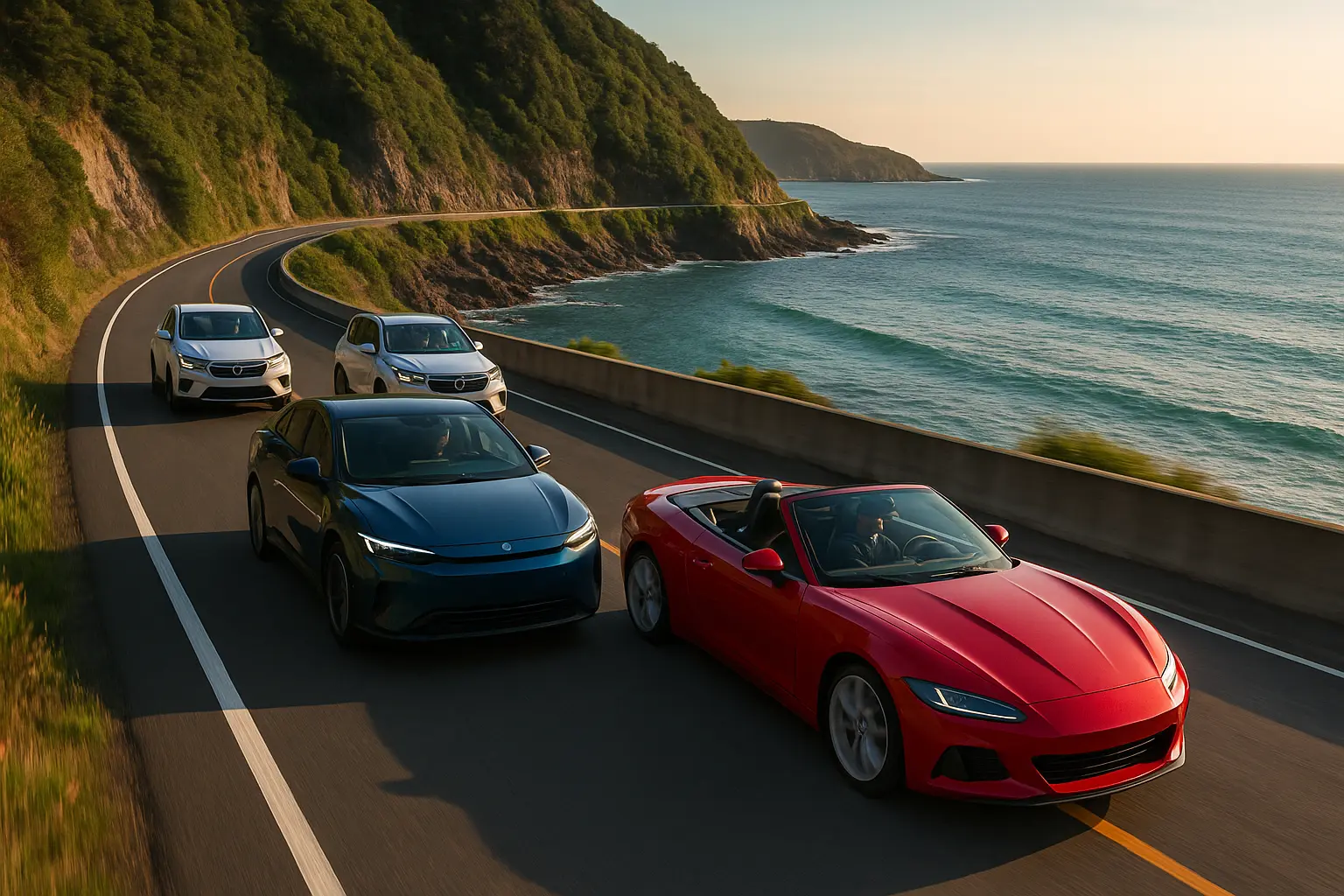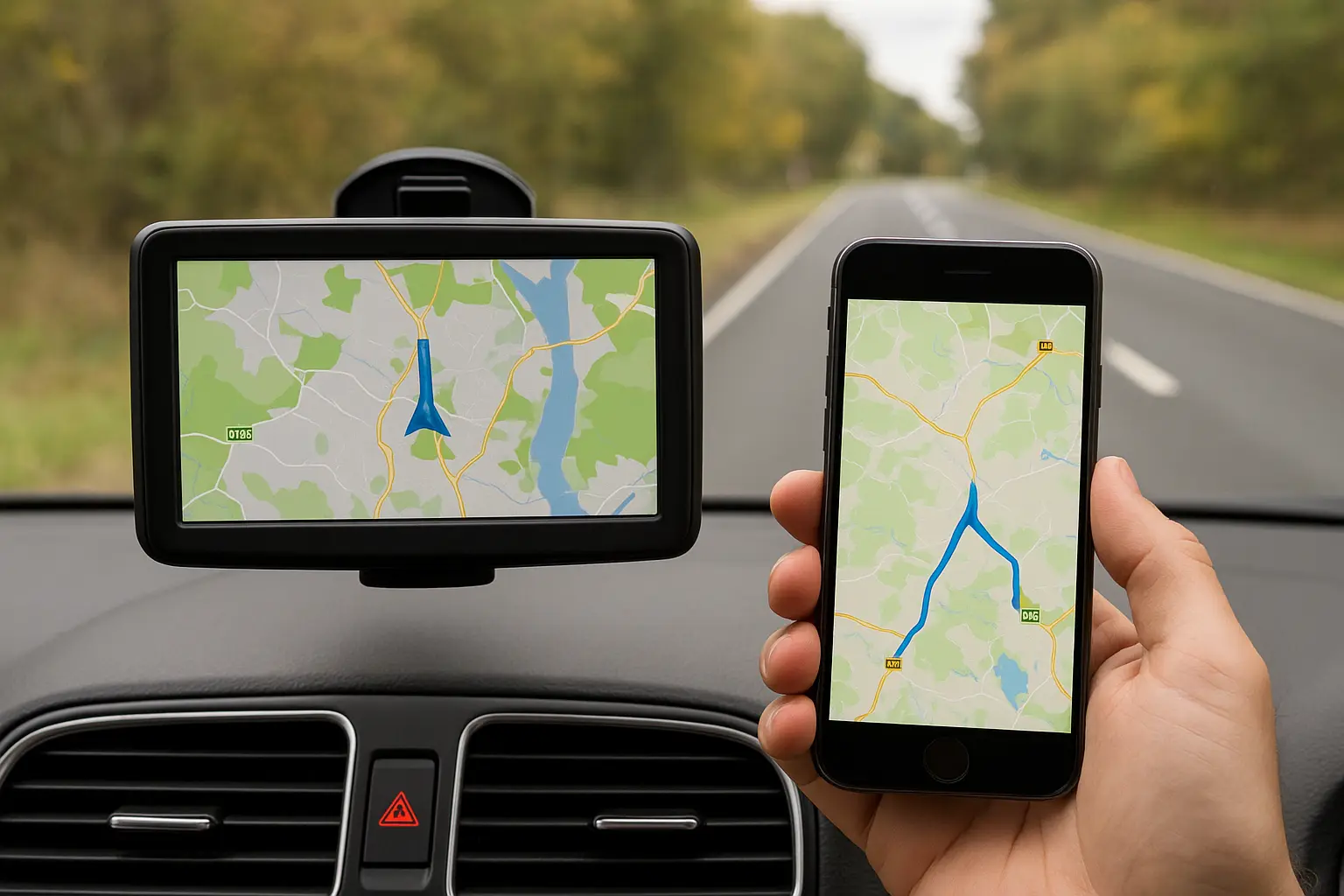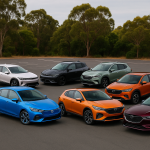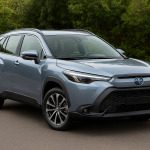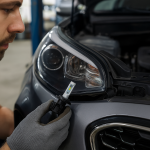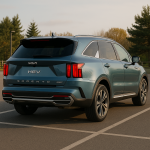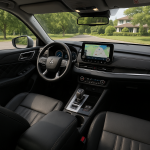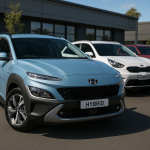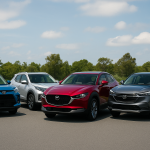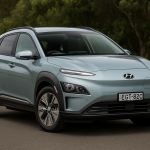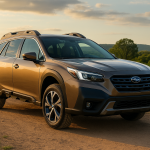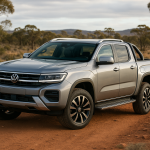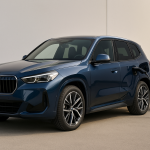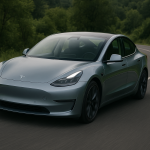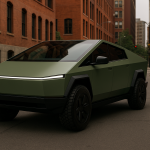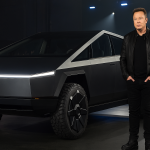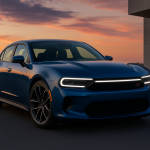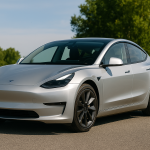Car safety has never been more important for Australian drivers. With roads becoming busier and vehicle technology evolving rapidly, choosing a car that protects you and your passengers is essential. That’s where crash test ratings and particularly ANCAP (Australasian New Car Assessment Program) scores come in.
But what do these ratings really mean? How does ANCAP test vehicles, and how should buyers interpret the results? More importantly, which are the safest cars in Australia for 2025 based on the latest crash test ratings?
This in-depth guide unpacks everything you need to know—from ANCAP’s testing methods and star ratings, to the newest safety features, and a breakdown of standout models for Australian buyers.
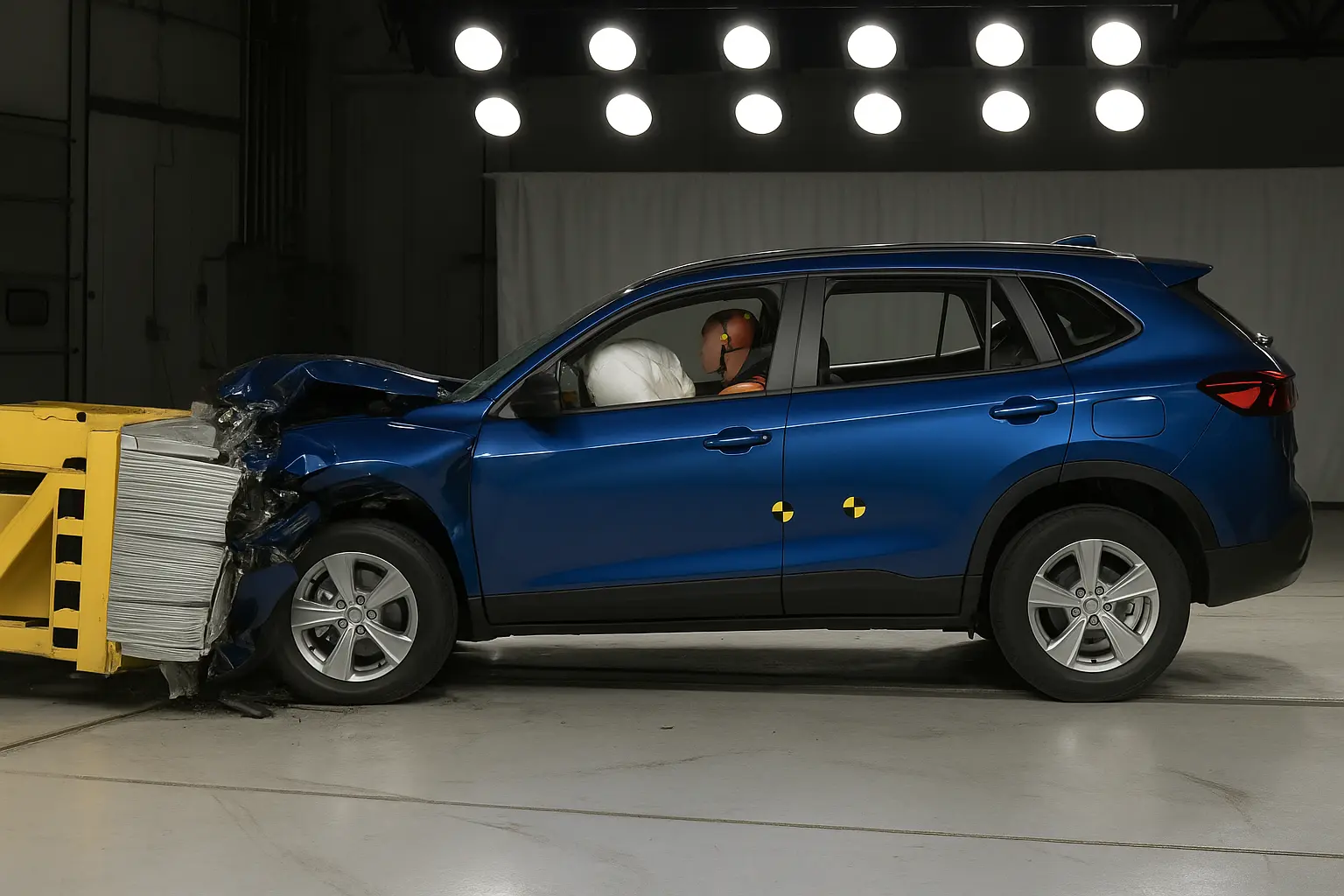
Why Car Crash Test Ratings Matter
Crash test ratings aren’t just numbers on a spec sheet. They reflect years of research, engineering, and safety innovation. For drivers:
They provide objective safety comparisons between vehicles.
They influence insurance premiums and resale value.
They highlight emerging technologies that reduce accidents.
They give confidence that a car can handle real-world crashes.
In Australia, ANCAP ratings are considered the gold standard. They are widely referenced in advertisements, buyer’s guides, and even by government fleets when selecting vehicles.
What is ANCAP?
ANCAP, or the Australasian New Car Assessment Program, is an independent body established in 1993. It conducts comprehensive crash and safety testing on new vehicles available in Australia and New Zealand.
Key points about ANCAP:
It uses laboratory crash tests that simulate real-world accidents.
Vehicles are scored across multiple categories, not just crash resistance.
Ratings are updated regularly to reflect advances in safety tech.
ANCAP shares close alignment with Euro NCAP (European program) to maintain international consistency.
How ANCAP Crash Tests Work
To understand what a “5-star rating” means, you need to know what goes on behind the scenes. ANCAP evaluates vehicles in four main areas:
Adult Occupant Protection
Frontal offset crash at 64 km/h.
Side impact test.
Pole side impact (simulating hitting a tree or pole).
Whiplash test (rear-end collisions).
Child Occupant Protection
Crash tests using child dummies in appropriate restraints.
Compatibility of ISOFIX anchor points.
Assessment of instructions and warnings for parents.
Vulnerable Road User Protection
How safe the car is for pedestrians and cyclists.
Bonnet design, bumper stiffness, and auto braking response.
Safety Assist Technologies
Autonomous emergency braking (AEB).
Lane keeping assistance.
Adaptive cruise control.
Speed assistance systems.
Each category contributes to the final star rating. Importantly, to achieve 5 stars today, a car must not only perform well in crashes but also be equipped with the latest driver-assistance features.
The Meaning of ANCAP Star Ratings
5 Stars: Outstanding protection and advanced safety features.
4 Stars: Good protection but missing some modern safety systems.
3 Stars: Adequate but may lack key structural integrity or driver assistance tech.
2 Stars: Poor crash protection or limited safety technology.
1 Star or 0 Stars: Minimal safety performance, not recommended for buyers.
It’s worth noting that a 5-star rating from 2014 is not the same as a 5-star rating from 2025. Standards evolve, and what was once excellent may now be considered outdated.
ANCAP and Vehicle Buying in Australia
For many Australian buyers, the first question when considering a new vehicle is: “Does it have 5 stars?”
Fleet buyers, rental companies, and government agencies often mandate a minimum of 5 stars for all purchases. Private buyers, especially families, prioritise ANCAP scores when deciding between similar vehicles.
Insurance companies may also use safety ratings when calculating premiums, recognising that safer cars are less likely to generate costly injury claims.
Safest Cars in Australia 2025
Based on the latest ANCAP results and updates, here are some of the standout safest cars available in 2025 across different categories.
Safest Small Cars
2025 Toyota Corolla – Consistently strong safety ratings, with full AEB, adaptive cruise, and lane tracing.
2025 Mazda 3 – High marks in both adult and child occupant protection.
2025 Hyundai i30 – Affordable yet packed with driver-assist technology.
Safest Family SUVs
2025 Subaru Forester – Known for structural strength and EyeSight safety suite.
2025 Toyota RAV4 – Excellent balance of safety assist tech and crash resilience.
2025 Nissan X-Trail e-Power – Hybrid efficiency meets top-tier ANCAP scores.
Safest Large SUVs
2025 Toyota Prado – Completely redesigned with enhanced crash protection.
2025 Kia Sorento – Strong pedestrian safety scores and family-friendly design.
2025 Hyundai Palisade – High ratings in child occupant safety, making it ideal for big families.
Safest Utes
2025 Ford Ranger – Best-selling ute in Australia, now with full 5-star ANCAP safety.
2025 Toyota Hilux – Updated safety features including lane-keep assist and emergency braking.
2025 Mitsubishi Triton – Impressive improvements in both adult and pedestrian safety.
Safest Electric Vehicles (EVs)
2025 Volvo XC40 Recharge – Scandinavian engineering with class-leading safety tech.
2025 Tesla Model Y – Consistently scores high in both ANCAP and Euro NCAP tests.
2025 BYD Atto 3 – Budget-friendly EV that doesn’t skimp on safety.
Safety Technology Driving the Future
Crash test ratings are no longer just about how a car crumples in an impact. The rise of advanced driver-assistance systems (ADAS) is transforming how safety is measured.
Key innovations shaping ANCAP ratings:
Autonomous Emergency Braking (AEB): Detects vehicles, pedestrians, and cyclists.
Lane Keeping Assistance: Helps prevent lane-drift accidents.
Blind Spot Monitoring: Alerts drivers to hidden hazards.
Intelligent Speed Assistance (ISA): Adapts speed to road conditions and signs.
Fatigue Monitoring Systems: Warns drivers if drowsy.
In 2025, cars without these technologies are unlikely to achieve a 5-star rating.
Misconceptions About Crash Test Ratings
Many drivers misunderstand how ANCAP works. Common myths include:
“A bigger car is always safer.” – Size helps, but structure and safety tech matter more.
“All 5-star cars are equal.” – Ratings depend on the year of testing and evolving standards.
“Only luxury cars score 5 stars.” – Affordable models like the Hyundai i30 and Toyota Corolla regularly achieve top scores.
“ANCAP tests every car.” – Only selected models are tested, though results often apply to similar variants.
Crash Test Ratings and Used Cars
What about buyers looking at the used car market?
ANCAP ratings still apply, but remember: a 2012 5-star rating doesn’t equal 2025 standards.
Check if the specific variant was tested, as features like airbags may differ.
Ensure safety systems (like AEB or airbags) are still functional in older models.
For used buyers, ratings are a good guide but not the only factor—maintenance history and recalls also matter.
Global Influence on ANCAP
While ANCAP operates independently, it closely collaborates with Euro NCAP. This means many Australian cars undergo equivalent testing overseas before results are adapted locally.
This alignment ensures Australian buyers have access to globally relevant safety data and that carmakers build vehicles to meet international standards.
The Future of Crash Test Ratings in Australia
As cars evolve, so will ANCAP. Areas expected to influence future ratings include:
Autonomous driving features – How self-driving tech reduces human error.
Vehicle-to-vehicle communication – Cars “talking” to each other to prevent collisions.
Battery safety in EVs – Crash testing electric cars for fire and impact resistance.
Cyclist & pedestrian prioritisation – Expanding tests to more real-world urban scenarios.
By 2030, safety ratings may look very different, with heavy emphasis on active prevention rather than passive crash resistance.
Key Takeaways for Australian Car Buyers
Always check the latest ANCAP rating, not just the badge.
A 5-star rating ensures both strong crash protection and modern safety technology.
Consider your needs: family SUVs, small hatchbacks, utes, or EVs all have top-scoring options.
Don’t assume size equals safety—technology and design are critical.
If buying used, remember that older ratings may not meet today’s standards.
Conclusion
Car crash test ratings, particularly through ANCAP, remain one of the most trusted tools for buyers in Australia. As standards rise, 2025 brings an exciting mix of vehicles that combine cutting-edge technology, robust crash protection, and affordability.
Whether you’re considering a small hatch, a rugged ute, or the latest electric SUV, checking ANCAP’s safety score should be the first step in your car-buying journey. After all, nothing is more valuable than the peace of mind that comes with driving one of the safest cars in Australia.
Leave a comment
Your email address will not be published. Required fields are marked *


